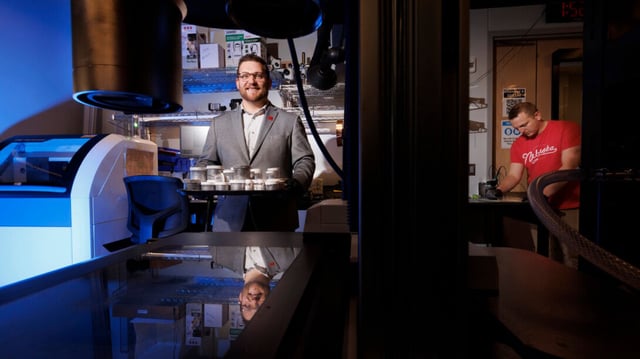Overview
- The actuator’s bottom skin layer embeds liquid-metal microdroplets in silicone elastomer to identify punctures through emerging electrical traces.
- An onboard microcontroller elevates current through damaged zones to generate localized Joule heating that melts a thermoplastic layer and seals tears without external help.
- Engineers harness controlled electromigration by further increasing current to expel metal ions, erasing damage-induced networks and restoring the detection baseline for new repairs.
- Presented at the IEEE International Conference on Robotics and Automation in Atlanta on May 30, the research was named a finalist for the ICRA 2025 Best Paper Award.
- By autonomously healing and resetting itself, the muscle could extend the lifespan of agricultural robots and wearable health devices while reducing electronic waste.
